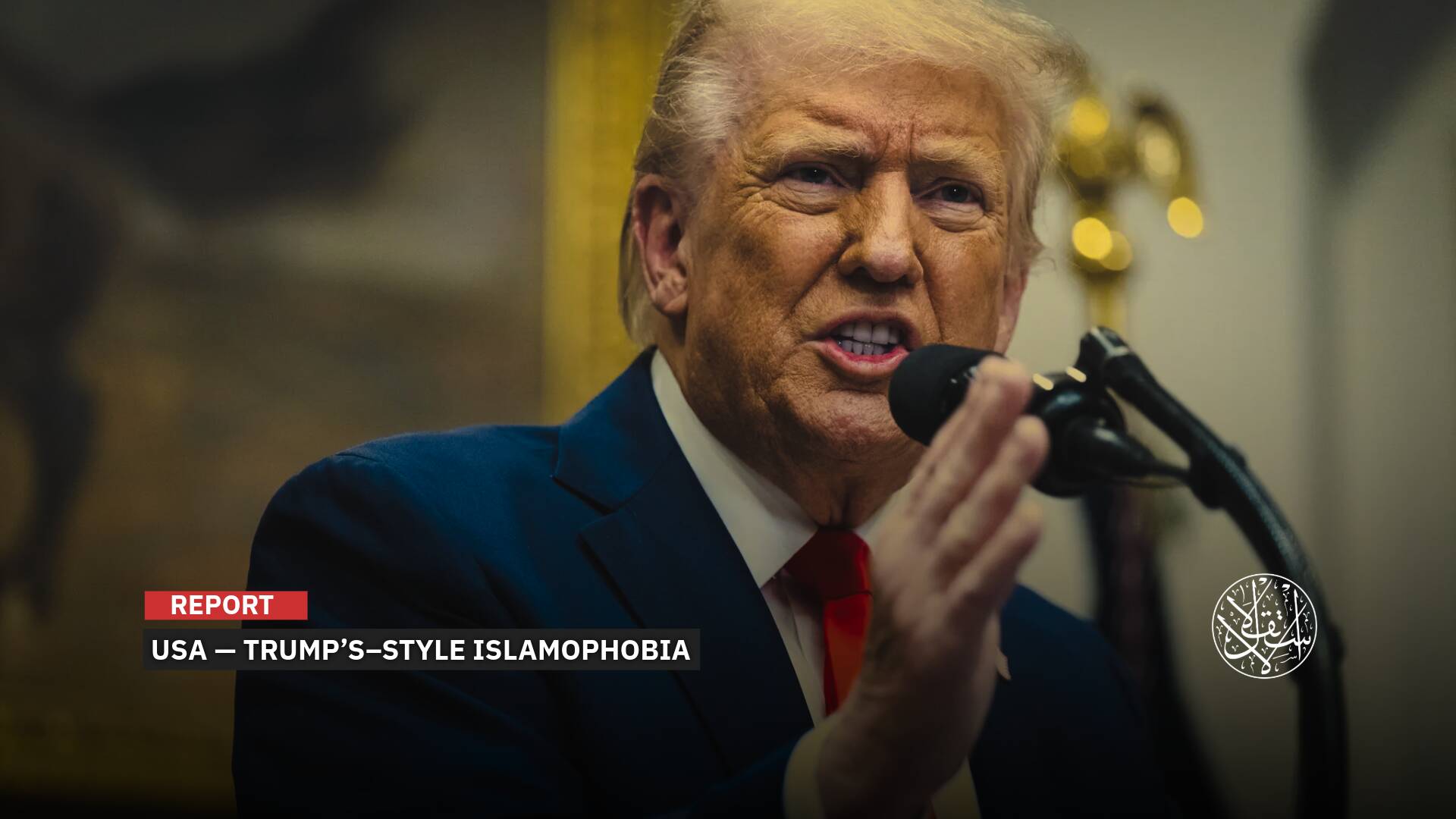This Is How Vietnam Becomes the New Electronics Castle for the World

The ongoing China–America trade war is set to make many losers and new winners as well, most notably Vietnam.
The cold war between the two superpowers vying for dominance showed Vietnam as the biggest beneficiary, turning its capital, Hanoi, into a new fortress of the electronics industry.
Vietnam is currently benefiting from the closure policies implemented by China to limit the spread of Covid-19, and its geopolitical tensions with the United States, especially in electronics manufacturing.
Vietnam tried to implement the Zero Covid policy to limit the spread of the virus in 2021, but it quickly shifted to immunizing two-thirds of its population with the Corona vaccine by December 2021; daily life in the country finally returned to normal, unlike China.
Made in Vietnam
According to leaked news, Apple would move its production from China to Vietnam this year. Thanks to investments by DBG Technology, a subsidiary of Hong Kong’s DBG Electronics Investment Limited, China’s Xiaomi also moved some of its device production to Vietnam in June 2021.
Samsung, a newcomer to Vietnam, invested around US$670 million in a manufacturing plant in the northern province of Bac Ninh in 2014, which increased investment to US$17.3 billion nationwide only during ten years.
Intel was also a new entrant, opening “a US$1 billion semiconductor assembly and testing facility in Ho Chi Minh City in 2006,” according to East Asia Forum. Intel created additional investments in 2019 and 2020, reaching US$1.5 billion. In fact, all this Foreign Direct Investment (FDI) has led to a popular saying: “the US–China trade war is over and Vietnam is the winner.”

Between 2010 and 2020, Vietnam’s exports of electronics, computer hardware, and components boomed at an annual rate of 28.6%, maintaining double-digit growth rates of “10% or more,” even in the years before the US-China trade tensions and lockdown policies in the wake of the outbreak of Covid-19.
Indeed, this came mostly as a result of internal reforms in the mid-2000s, particularly the Companies Law of 2005 and the Investment Law of 2000. These regulations were fully implemented in 2015, allowing foreign companies to own the majority shareholdings in domestic enterprises.
Accordingly, Vietnam was able to play a part in the global trade of parts and components, as foreign companies in these industries give no more attention to joint ventures with local companies, but rather prefer to be the owners to control the quality and ensure the delivery timing of commodities.

Skills Crisis
Vietnam needs to upskill its labor force to move up the value chain. This may provide “footloose” foreign companies with the skilled labor they need to expand their production. In doing so, Vietnam would boost local production of electronic components, thus allowing the development of this expertise within the country to be up-to-date with new designs and devices that parent companies bring to the market.
Currently, this gap in expertise is being filled by some Viet Kieu (Overseas Vietnamese) returning from abroad, and some small hardware component manufacturers from South Korea are moving to Vietnam to supply Samsung. But this short-term measure cannot be a substitute for education and training.

The Vietnamese government has recognized the need to improve skills in its Social and Economic Development Strategy 2021-2030, but there are not enough urgent, concrete steps and quantified targets. The average length of primary education in Vietnam is 10.2 years—second only to Singapore in the group of ASEAN countries—while the enrollment rate in post-secondary education was 28.6% in 2019.
The population of post-secondary school age in Vietnam is estimated at 6.9 million, of whom less than 2 million are enrolled in post-secondary studies. Thus, this number must be doubled to 3.8 million people for Vietnam to be an upper-middle-income country in about two decades. With Vietnam’s favorable demographics forecasted to end by 2040, Vietnam has no time to waste in upskilling its population.
Governmental Advantages
The costs of doing business in Vietnamese cities decreased in the mid-2000s, making Vietnam a regional competitor in attracting investment.
Foreign direct investment has boomed rapidly, spurred largely by the so-called “China Plus One,” also known simply as the Plus One strategy pursued by multinational corporations, particularly in electronics. This strategy avoids investing only in China and shares business with other countries.
Vietnam quickly jumped in the list of electronics exporting countries, from the 47th position in 2001 to the tenth position in 2020, as its exports amounted to 1.8% of the total value of global electronics exports.
The Vietnamese government was characterized by activity and effectiveness, and its success was evident in promoting foreign investment in electronics manufacturing and pushing the country to be part of global production networks.

The electronics industry in Vietnam is currently focusing more on in-house activities in the supply chain, like assembling finished goods for export by foreign companies. Upstream activities such as product design and production of secondary components are done in other countries, with product design often being completed by the United States and South Korea, while secondary components are produced in China. Finally, post-implementation activities such as sales and distribution take place in other countries.
This explains why the value-added of Vietnam’s exports is on average only 55%, as Vietnamese companies are still unable to make the most of free trade agreements, such as the EU-Vietnam Free Trade Agreement signed in 2019. The European Union and Vietnam are the most comprehensive and ambitious among European trade agreements with a developing country.
After the failure of negotiations on a trade agreement between the European Union and the Association of Southeast Asian Nations (ASEAN), the European Union and Vietnam conducted extensive bilateral negotiations to reach a trade agreement of their own, and the union canceled 86% of the tariffs imposed on Vietnamese goods.
This is the largest commitment by a trading partner with Vietnam to reduce trade restrictions. These low tariffs on Vietnamese goods destined for the European Union have given the Vietnamese an advantage over their competitors in ASEAN and China.












